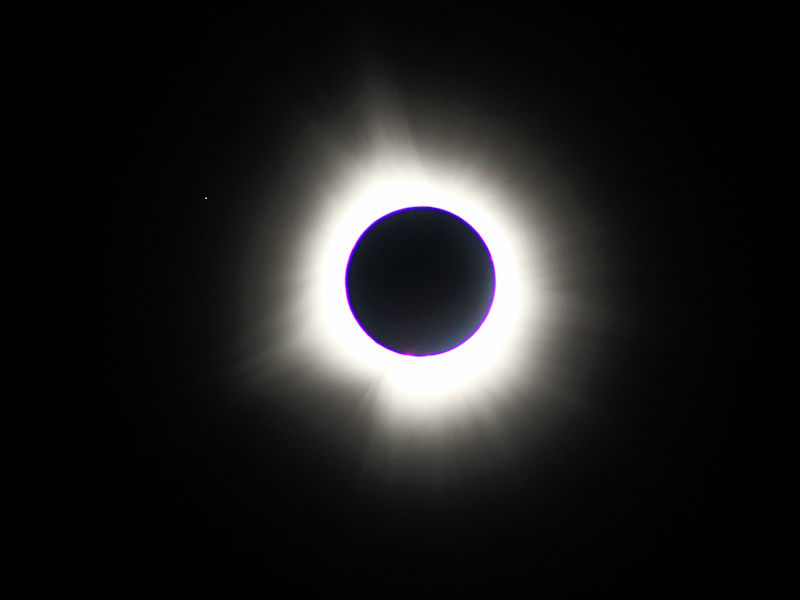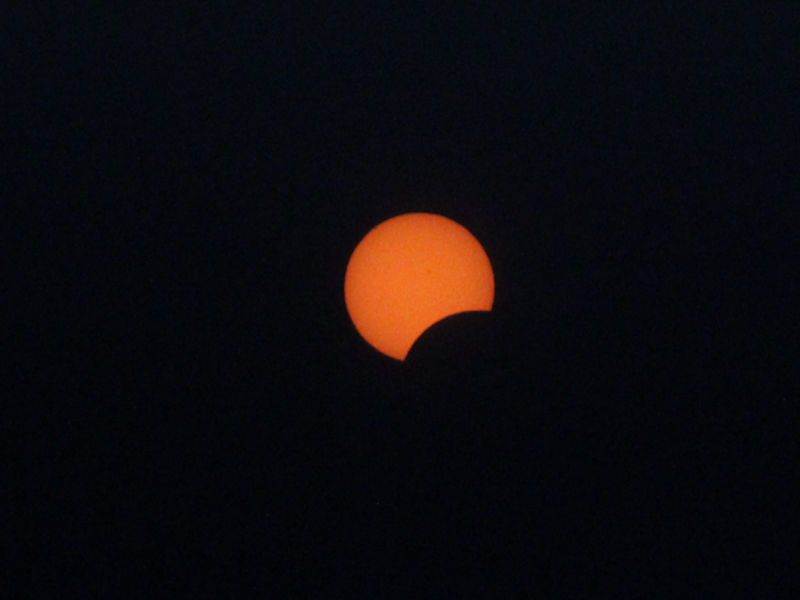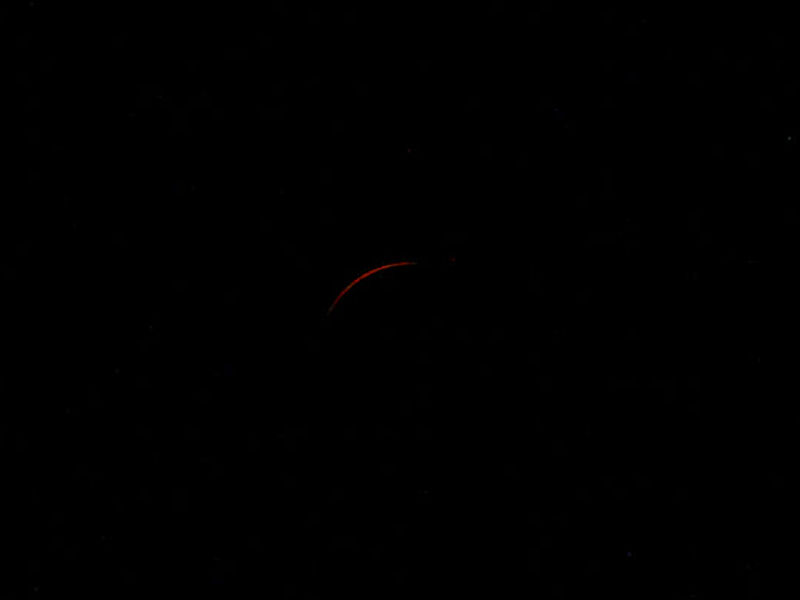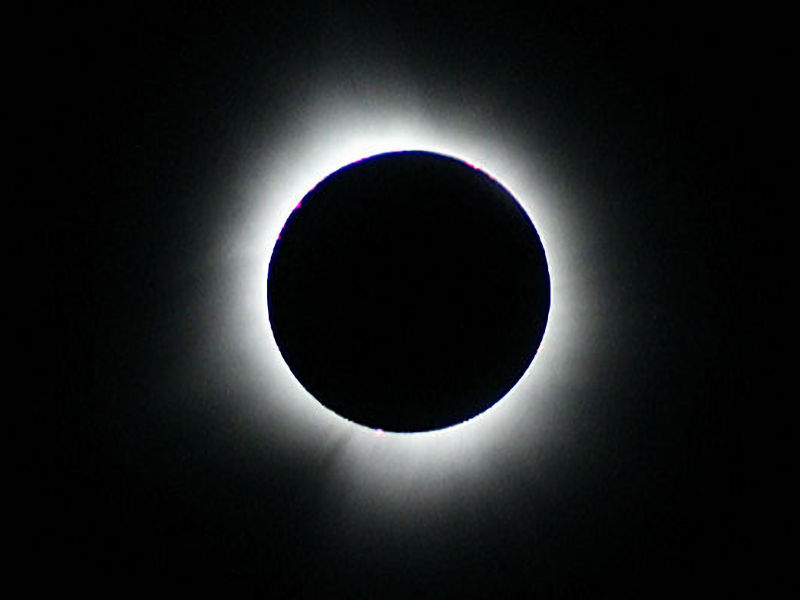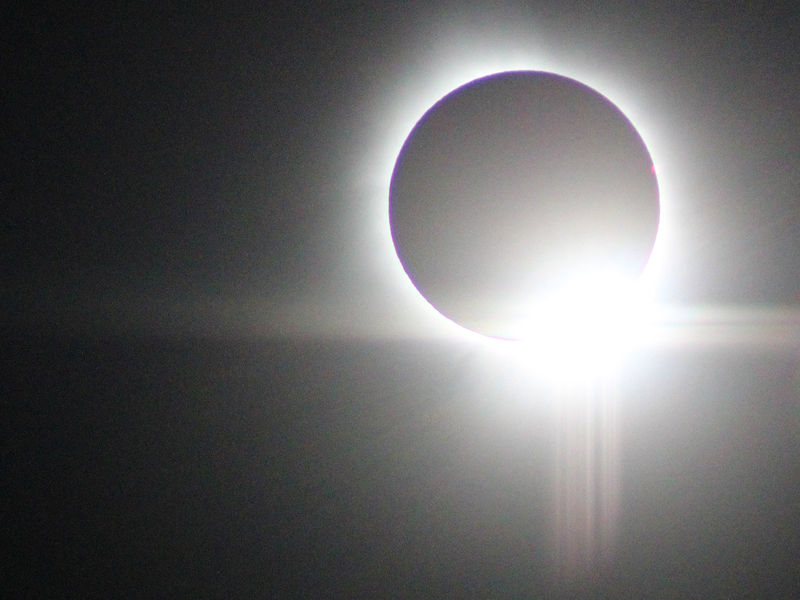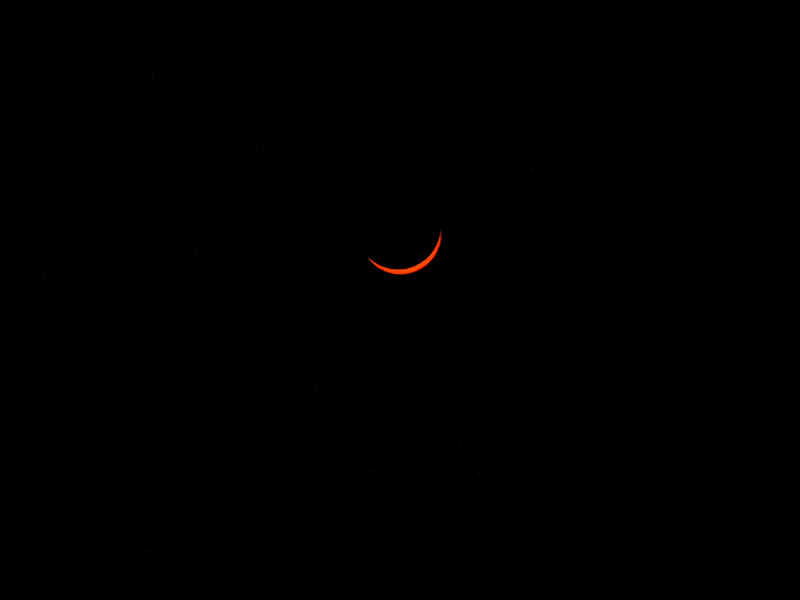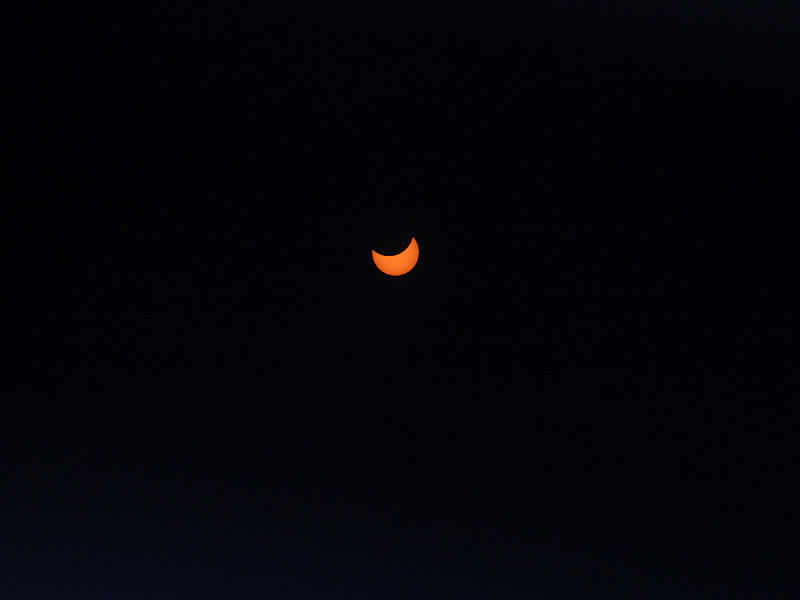-
Posts
22,985 -
Joined
Content Type
Profiles
Blogs
Forums
American Weather
Media Demo
Store
Gallery
Everything posted by donsutherland1
-
A 1926-type hit on Miami would be far more damaging today.
-
Periods of rain and some thunderstorms are likely tonight into tomorrow. Much of the region will pick up 0.50"-1.50" of rain with some locally higher amounts. The wind could gust past 40 mph tonight into tomorrow. In the wake of the storm, a dry weekend will follow. It will turn briefly cooler on Saturday, but warmer air will quickly return starting on Sunday. Temperatures could again reach the 70s early next week.Even warmer temperatures are possible. Given the near-term warmth and extended guidance, New York City's Central Park is all but certain to finish the 2023-2024 snow season with less than 10" of seasonal snowfall for a record second consecutive season. Records go back to 1869. The ENSO Region 1+2 anomaly was -0.1°C and the Region 3.4 anomaly was +1.2°C for the week centered around April 3. For the past six weeks, the ENSO Region 1+2 anomaly has averaged +0.28°C and the ENSO Region 3.4 anomaly has averaged +1.22°C. The ongoing basinwide El Niño event is fading. Neutral conditions could develop later in the spring. The SOI was -15.14 today. The preliminary Arctic Oscillation (AO) was +3.117 today. Based on sensitivity analysis applied to the latest guidance, there is an implied 79% probability that New York City will have a warmer than normal April (1991-2020 normal). April will likely finish with a mean temperature near 56.1° (2.5° above normal).
-
I'm glad Watertown did well. The City had planned a huge event and it was important that things worked out.
-
Yes. Fixed it.
-
This is likely a key point if one is looking far ahead to next winter. The balance of early odds seems to favor another warm winter with low snowfall, but skill this far out is essentially non-existent.
-
Rain will arrive toward morning. Tomorrow will see periods of rain but it will remain mild. Much of the region will pick up 0.50"-1.50" of rain with some locally higher amounts. Thunderstorms and gusty winds are possible. In the wake of the storm, a dry weekend will follow. It will turn briefly cooler on Saturday, but warmer air will quickly return starting on Sunday. Temperatures could again reach the 70s early next week. Even warmer temperatures are possible. Given the near-term warmth and extended guidance, New York City's Central Park is all but certain to finish the 2023-2024 snow season with less than 10" of seasonal snowfall for a record second consecutive season. Records go back to 1869. The ENSO Region 1+2 anomaly was -0.1°C and the Region 3.4 anomaly was +1.2°C for the week centered around April 3. For the past six weeks, the ENSO Region 1+2 anomaly has averaged +0.28°C and the ENSO Region 3.4 anomaly has averaged +1.22°C. The ongoing basinwide El Niño event is fading. Neutral conditions could develop later in the spring. The SOI was -1.08 today. The preliminary Arctic Oscillation (AO) was +2.290 today. Based on sensitivity analysis applied to the latest guidance, there is an implied 80% probability that New York City will have a warmer than normal April (1991-2020 normal). April will likely finish with a mean temperature near 56.2° (2.6° above normal).
-
This is one aspect of modeling that still has ample room for improvement. I am glad that some of the areas that looked unfavorable on the guidance actually had good views of the solar eclipse. The National Blend of Models did quite well within 36 hours for some areas, but not all. The GFS might have done worst of all, though I didn't check it once I had departed for the eclipse.
-
- 308 replies
-
- 15
-

-
- 308 replies
-
- 13
-

-

-
Yes. That’s true.
-
Plattsburgh is probably better than Lake Placid. Burlington or Montreal would probably be better.
-
Last second change to Maine due to risk of clouds in Plattsburgh area. Gorgeous sunrise.
-
Tomorrow will again feature readings in the 50s. Afterward, it will likely turn noticeably warmer. Monday should see partly to mostly sunny skies, allowing for good viewing of the solar eclipse in the New York City area. The temperature should top out in the lower 60s. The highest probability of minimal cloud cover in the path of totality in the Northeast will likely be across northern New England, particularly Maine. The warmest day of the week will likely be Tuesday when temperatures rise into perhaps the lower 70s in New York City and upper 70s to perhaps near 80° in Washington, DC. A moderate to significant rainfall is possible late in the week with much of the region picking up a general 1.00"-2.00" of rain. New York City's Central Park remains on track to finish the 2023-2024 snow season with less than 10" of seasonal snowfall for a record second consecutive season. Records go back to 1869. The ENSO Region 1+2 anomaly was -0.4°C and the Region 3.4 anomaly was +1.0°C for the week centered around March 27. For the past six weeks, the ENSO Region 1+2 anomaly has averaged +0.42°C and the ENSO Region 3.4 anomaly has averaged +1.27°C. The ongoing basinwide El Niño event is fading. Neutral conditions could develop later in the spring. The SOI was -18.32 today. The preliminary Arctic Oscillation (AO) was +0.182 today.
-
The Ramapo Fault is an old one. I'm sure some research has been done.
-
Revisions are often based on the examination of a wider set of data.
-
Thank you.
-
Unfortunately, the paper from which I got the earlier figures didn't provide technical information about how the measurements were made.
-
I am sorry to learn of your dad’s passing. You have my fullest condolences.
-
The aftershock that was initially shown at M4.0 was reduced to M3.8.
-
There was a study that once suggested that it would be capable of a Magnitude 6 or 7 earthquake.
-
5.3 is the record.
-
Updated list of 4.0 Earthquakes, assuming the current 4.0 rating holds. Today would be the first date on which there were two such earthquakes in the NYC area.
-
Felt a mild shaking in Larchmont. Wife felt it, too.
-
The next few days will feature readings in the 50s. After a cool first week of April, it will likely turn noticeably warmer next week. Monday should afford partly to mostly sunny skies, allowing for good viewing of the solar eclipse. The warmest day of the week will likely be Tuesday when temperatures rise into the lower 70s in New York City and upper 70s to perhaps near 80° in Washington, DC. A moderate to significant rainfall is possible late in the week. New York City's Central Park remains on track to finish the 2023-2024 snow season with less than 10" of seasonal snowfall for a record second consecutive season. Records go back to 1869. The ENSO Region 1+2 anomaly was -0.4°C and the Region 3.4 anomaly was +1.0°C for the week centered around March 27. For the past six weeks, the ENSO Region 1+2 anomaly has averaged +0.42°C and the ENSO Region 3.4 anomaly has averaged +1.27°C. The ongoing basinwide El Niño event is fading. Neutral conditions could develop later in the spring. The SOI was -16.30 today. The preliminary Arctic Oscillation (AO) was +0.110 today.
-
Under 2.5, people generally don't feel them. The last time I felt an earthquake was in 2021 while on vacation in Bali. It was a strong aftershock from the August 5, 2018 Lombok quake. I wasn't there for the Lombok quake.



